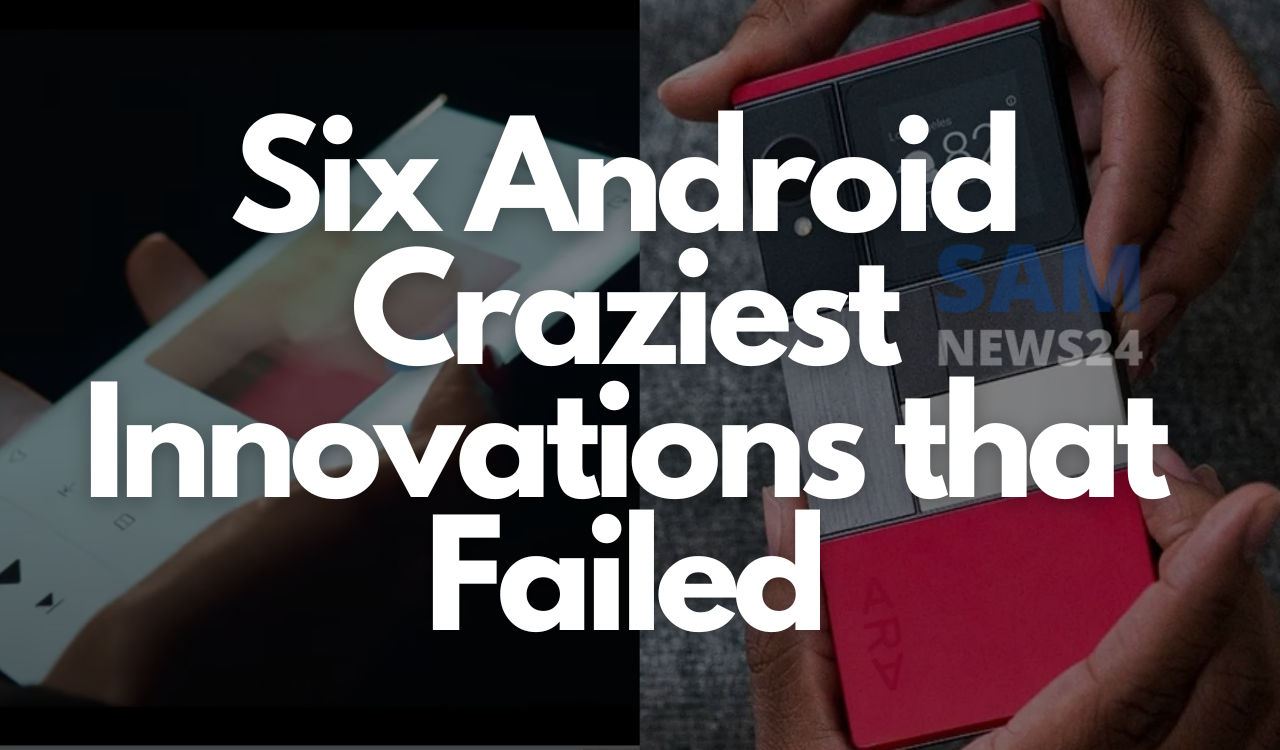The Smartphone world is full of innovations and cutting-edge tech devices. To get succeeded in the market, one should come up with an idea that is not only technically advanced but economic and adaptive too for the users. Here in this article, we going to discuss such gimmick innovations that don’t work by that time and failed ultimately. Now further, let’s take a look at some of the strangest Android fails of the last decade.
Wraparound Displays
The wraparound display is one of the most offbeat designs that have to be present by Xiaomi Mi Mix Alpha. Although the device was announced as a concept phone in 2019. This is the time when curved screen edges are high on trend.
The wraparound display on the Mi Mix Alpha is a step-ahead version of that trend. The design element is totally different to those of traditional smartphones. Its displays continue to the back of the phone which provides a nearly all-screen experience. At the same time, the phone looks very futuristic but merely impractical. As one can view only one screen at a time, therefore screen on the back seems to be pointless. Also, the whole screen can instantly crack as it whole wrap around. While it consumes more power, so battery drain easily.
Modular Designs
The logic behind the modular phones was sort of brilliance. This design would encourage reusability. That means instead of buying a new device modular phone allows you to replace broken or less useful components with new ones. Though, the concept seems good that helps in reducing electronic waste. We also saw Google’s Project Ara trying to achieve the same version.
One of the main reasons for failing this revolutionary idea is the low demand for the same. As some people are that tech savvy, also they want that works reliably without creating hindrance to choosing module by themselves.
Motorized Cameras
The punch hole selfie camera is common these days, while a few years ago tech companies were struggling with all sorts of ideas to away distractions from the screen. Earlier we used to see the brands like OnePlus, Samsung, Vivo, Oppo, and Asus launch phones with motorized cameras. All these initiatives are commendable but didn’t become mainstream.
However, the durability wasn’t the issue with the motorised cameras but space. The limited space in a phone body which OEMs have to use smartly in order to fit various sensors or bigger batteries.
Curved Screens
The curved screen was the most distinct design ever introduced. You might remember the LG G Flex and the Samsung Galaxy Round. While the former was curved horizontally to have a better viewing experience. On the other hand, the latter was curved vertically to make the device sit more firmly in your hand.
These phones had a novel factor but they are not economical though. Also, the repairing cost is also high once they met with accidental damage.
Built-In Projectors
The built-in projector approach sounds futuristic innovation. Samsung Galaxy Beam phone back in 2012 is one of the finest examples. The primary idea of giving a unique shared experience using a smartphone anywhere instantly.
Full Gaming Controls
This was another sad wreck which is a gaming-centric Sony Ericsson Xperia Play. Concurrently also emerge as a PlayStation phone. By the time of its arrival, this was everything a gamer would want to have on their phone. A good processor, a big screen, and a control panel that slides out from the phone similar to the PSP Go.
The main reason for its failure is that the device was showcased to support a wide array of PSP games. But ran only a handful of tiles in reality. Also, the console was not optimised at that time.
Tech Advancements Need Business Expertise
Since innovation that executes practically requires an immense amount of work, research and capital to get adopted by the masses. As smartphone industry is one of the most competitive out there. For any idea to get success in this industry, it must make sense technologically but also economically and socially.
